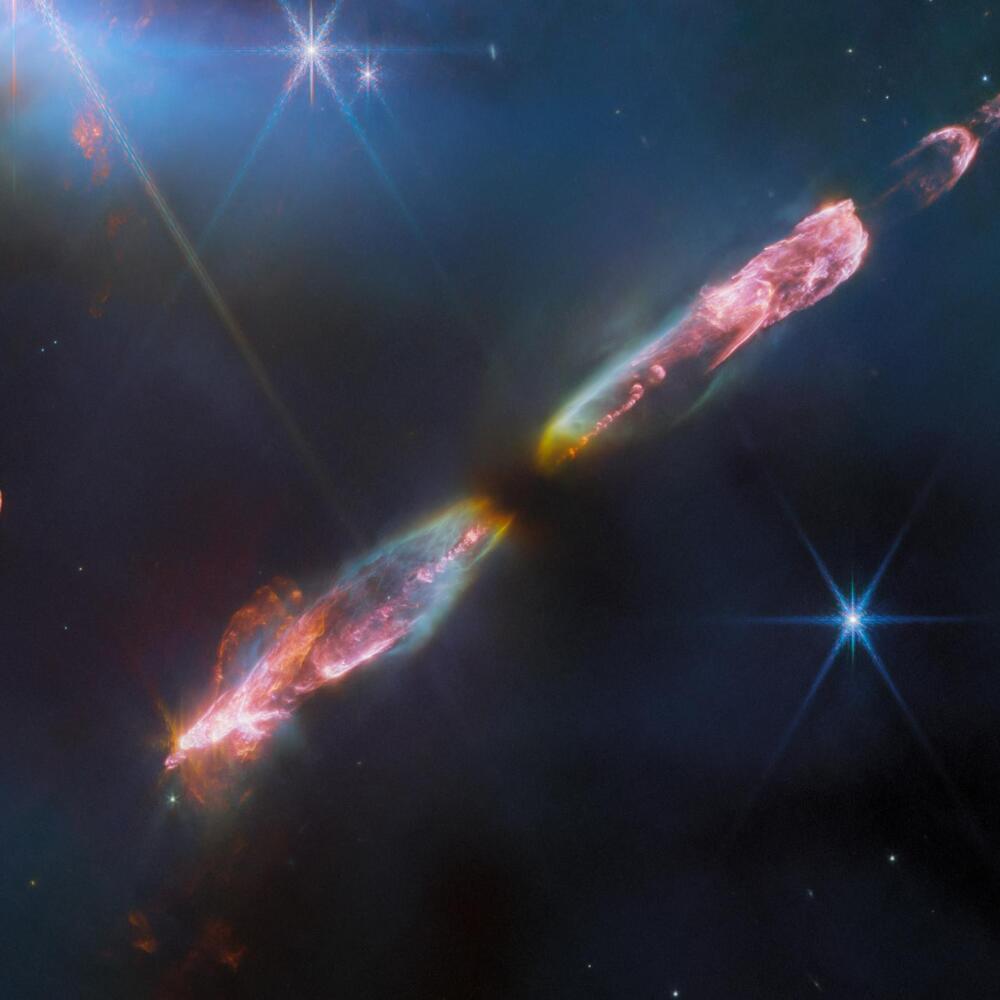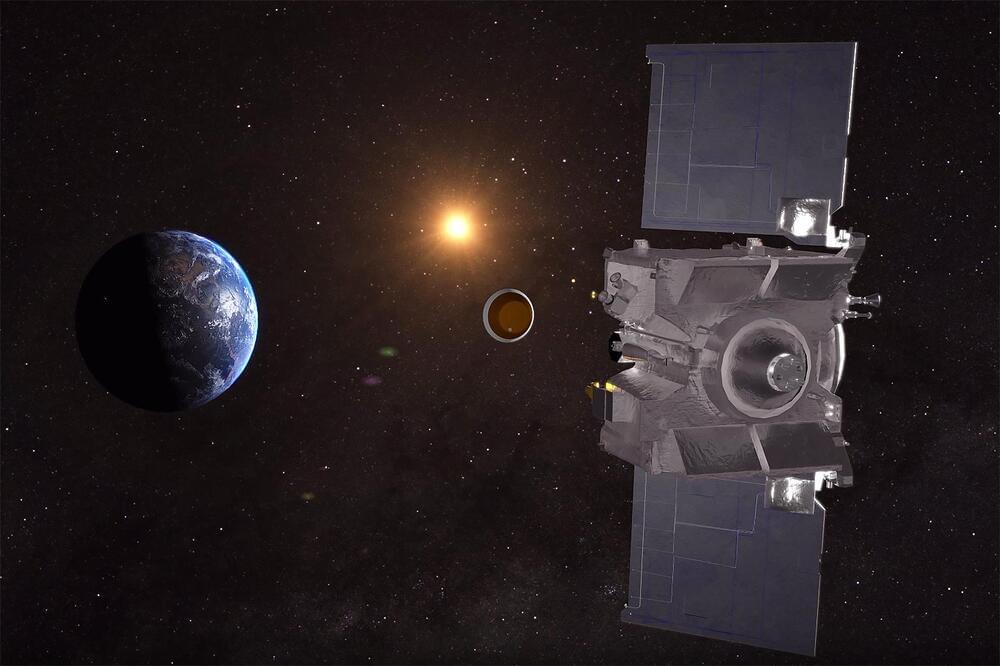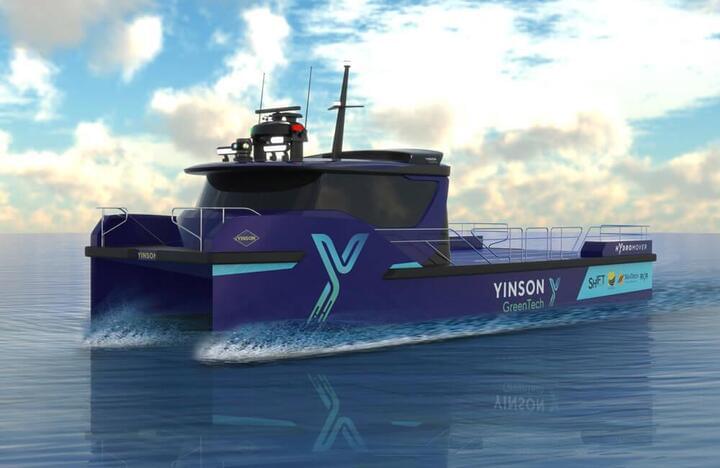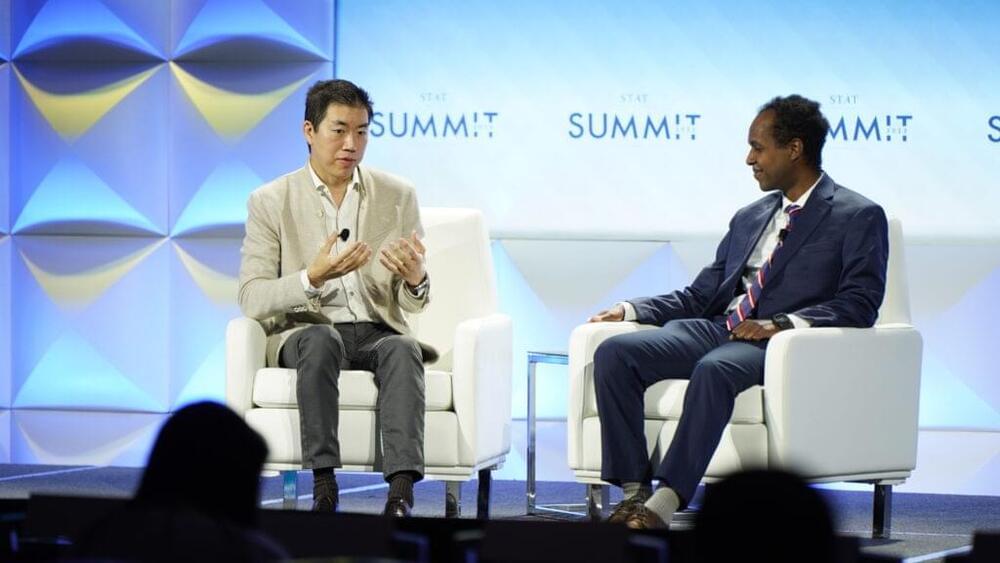A new record time for quantum coherence is reported, with a single-photon qubit encoded for 34 milliseconds. This is 55% longer than the previous record set in 2020.
In classical computing – such as the PC, smartphone, or other device you are currently using – information is processed with bits, which exist in a binary state of either a 0 or a 1. Quantum computing, by contrast, involves the processing of information with quantum bits, or qubits, which can exist in a “superposition” of both 0 and 1 simultaneously. This allows quantum computers to do certain types of calculations much faster than classical computers.







